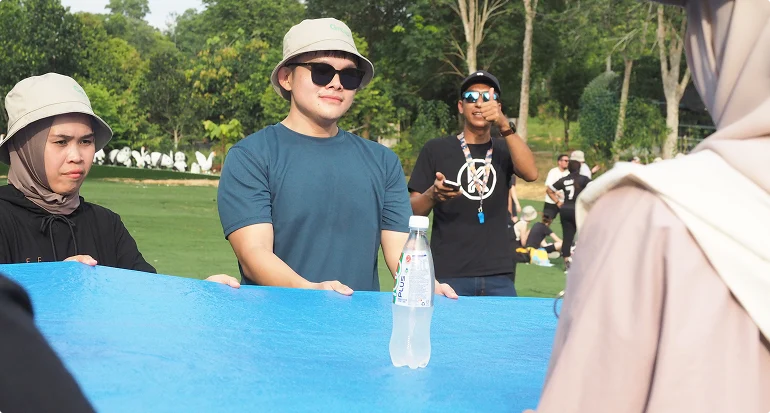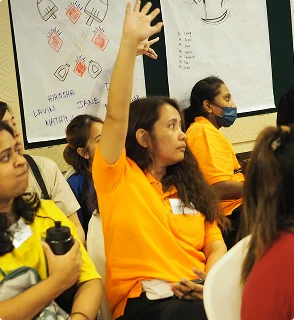
When people think of team building, the first image that often comes to mind is a day filled with fun games, outdoor challenges, and laughter. And yes, the fun part is essential—it energizes participants, breaks the ice, and creates a positive atmosphere. But if team building stops at just having fun, it misses its true potential. The real value lies in what happens after the activities—in the reflection, the discussions, and the connections made between those experiences and the daily work environment.
Fun Is the Doorway to Engagement
The fun and interactive nature of team building activities serves a critical purpose: engagement. When people are relaxed, laughing, and enjoying themselves, their guards come down. This openness creates a fertile ground for learning. Without engagement, even the best training programs struggle to make an impact. Team building uses play and challenge as a way to capture attention and foster a sense of camaraderie. But fun alone doesn’t change behavior or improve teamwork.
Reflection: The Heart of Learning
The true learning happens in the moments when teams pause to reflect on what they just experienced. This is where facilitators guide participants to think deeply about the dynamics they observed during activities:

- How did communication flow within the team?
- Were all voices heard?
- How did the team handle conflict or setbacks?
- Who naturally took leadership, and how did others respond?
- What strategies worked, and what didn’t?
By connecting these observations back to real workplace situations, participants gain insights into their own team behaviors and dynamics. This reflection transforms a fun day into a powerful learning experience that can influence how they collaborate, solve problems, and support each other on the job.
Relating Activities to Real Work Challenges
Each team building activity is designed to mirror aspects of workplace collaboration—whether it’s managing pressure, coordinating tasks, or innovating under constraints. When participants recognize these parallels, the lessons become relevant and actionable. For example, a problem-solving challenge requiring quick decisions and clear communication can highlight how a team functions under tight deadlines. A trust-building exercise can reveal the importance of psychological safety in sharing ideas or asking for help. These “aha” moments encourage individuals and teams to rethink their approaches and commit to better ways of working.
Learning That Sticks
Research shows that experiential learning—learning by doing followed by reflection—is one of the most effective ways to change behavior. Team building leverages this by combining active participation with structured reflection and feedback. This cycle helps embed new skills and mindsets far more deeply than passive training methods. Moreover, when teams co-create their learning during reflection, they build shared understanding and collective ownership of improvements. This strengthens the team culture and makes positive change sustainable.
Practical Tips for Maximizing Learning in Team Building
To ensure that team building goes beyond fun and delivers real learning, organizations should:

Invest in Skilled Facilitators:
Experienced facilitators know how to guide reflection and help teams draw meaningful connections between activities and work realities.

Create Safe Spaces:
Encourage honest sharing without judgment so participants feel comfortable discussing challenges and insights.

Focus on Relevant Themes:
Tailor activities and discussions to address specific team or organizational goals.

Follow Up:
Reinforce learning by integrating insights into ongoing team meetings, coaching, or development plans.
By connecting these observations back to real workplace situations, participants gain insights into their own team behaviors and dynamics. This reflection transforms a fun day into a powerful learning experience that can influence how they collaborate, solve problems, and support each other on the job.
Conclusion
Team building is not just about having a good time—it’s about creating a meaningful learning journey. The fun activities open the door, but it’s the reflection and connection to real work that unlock lasting growth. When teams take the time to pause, analyze, and apply what they’ve experienced, team building becomes a powerful catalyst for improved communication, trust, collaboration, and performance. So next time you plan a team building event, remember: the games are only the beginning. The real transformation happens when your team reflects on the experience and brings those lessons back to the workplace.

